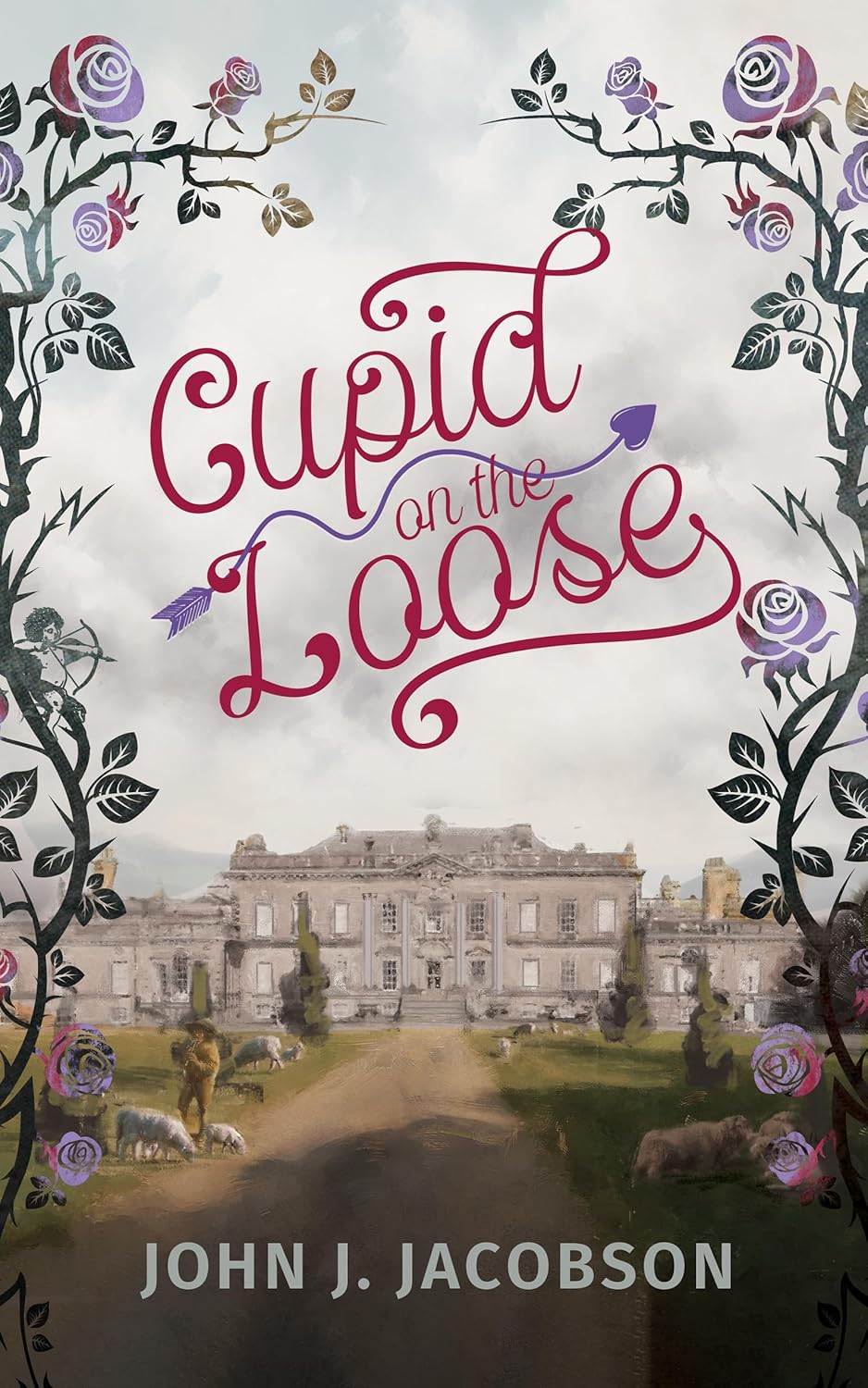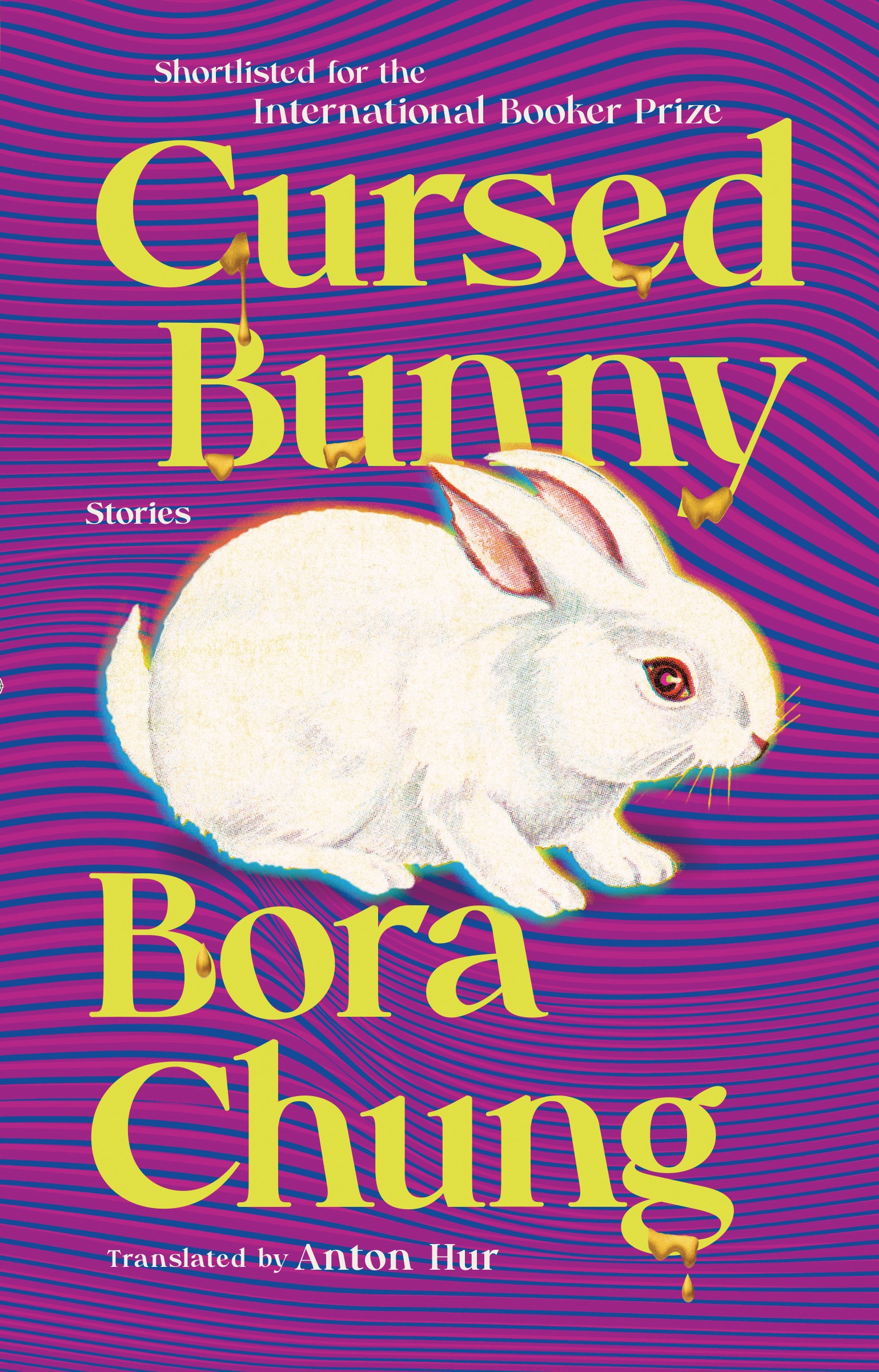Cupid on the Loose
- By John J. Jacobson
- Blackstone Publishing
- 368 pp.
- Reviewed by William Rice
- February 14, 2025
A stolid, oddly prim tale of frustrated romance.

I didn’t know works of fiction like this were published anymore. John J. Jacobson’s Cupid on the Loose is a chaste, cheerful, romantic fable that reads like a cross between modern children’s literature and a 19th-century novel aimed squarely at the morally upright middle class. In fact, if not for its references to computers, cellphones, and exercise regimens, it would be hard to place the book’s characters and events chronologically. They seem to exist in a timeless literary puppet show of wooden dialogue, awkward transitions, and sudden slapstick action.
And maybe that’s the point. Few recent historical epochs call for escapism more than our present one, and affable stories like this may be the favored imaginative hideout for many readers. A character even makes the case for the book’s stolidly goofy approach:
“One cannot take the mystery of romance seriously while taking yourself so seriously. You need to see and enjoy the wonderful silliness of the whole subject.”
Fair enough. But you don’t have to be hopelessly self-important to find the novel’s antiseptic, asexual prose not only dull but an empty, creepy simulation of life.
Here’s the plot. Three pairs of attractive young men and women from Los Angeles suffering superficial romantic difficulties are lured to a weird retreat in the California backcountry, where modern-day versions of Ancient Greek mythological figures deploy love potions to set things straight.
The cover calls the story a “twenty-first century twist on Shakespeare’s A Midsummer Night’s Dream.” As a relatively alert observer who’s read and watched that play several times, I sense no kinship between the two, aside from the rather tiresome comical conceit of magically induced, misplaced affections. But the novel offers no spritely philosophizing from a Puck parallel, no genuine belly laughs from a contemporary Bottom.
What we mostly get instead is flat prose: detailed but uninspiring descriptions of food and drink; blow-by-blow accounts of quotidian actions like printing out email; and dialogue almost entirely severed from the way real people think and talk. For example: “Your last name — Porter — it’s English, right?” (Thank you for reminding me of my last name, and how did you guess my heritage?)
The cover also promises “lust,” but there’s none to be found. As among the chivalric aristocracy of medieval Europe, the sex drive here has at least in theory been sublimated into “courtly love”: The young protagonists yearn for each other’s undying romantic attachment, not for their apparently well-toned bodies.
When physical descriptions do graze the carnal, there’s an off-putting clinical quality to it:
“Amanda did have statuesque looks, with curves in the right places, and had nice blond hair, though it was a little thin.”
Sorry, Vidal Sassoon.
Occasionally, a well-expressed idea or relatable emotion will emerge — like a lively rock or jazz tune unexpectedly popping up on Muzak — to disrupt the pleasant tedium. A realistic depiction of romantic suspicion, a lyrical description of mountainside flora and fauna, or a touching reconciliation will appear. But they are so at variance with the rest of the text that they feel airlifted in from another novel.
More often, the exceptions to the dopey, meandering narrative are confusing or unpleasant. A character inexplicably worries that his girlfriend wants “to connoisseur” him. Or, at a moment of high emotion, “Kari had all sorts of things going on in and all over her.”
Yuck.
Comedy is hard, and writing depictions of physical comedy funny is particularly difficult. Jacobson seems to have put some effort into the sudden transformations and rollicking pratfalls that increasingly clutter the end of his story, but they don’t work. This reader, at least, noted each bit of intended hilarity with grim indifference.
Another problem: Some of the most realistic dialogue comes from Latino characters in an out-of-place subplot that begins in a jail. Though it makes those characters more interesting than the main story’s mostly upper-middle-class WASP cohort, it’s hard not to feel they’re being exoticized (as if smooth, lively language only emerges from people of color).
Some of these issues may be generational. Based on the capsule biography on the book flap, the author (like your reviewer) is an older guy. That may explain the ham-handed way he explores young love and life in the 21st century more generally. Still, good writing succeeds in depicting characters and experiences far outside an author’s purview.
A further bit of information from the cover sheds some light on a half-explored theme of the novel. We’re told the author has a master’s degree in Renaissance literature, and in the story, we find a Shakespeare scholar offering up the theory that creativity is an outlet for frustrated love. If that’s true, I congratulate the author of Cupid on the Loose; he must we very well loved, indeed.
William Rice is a writer for political and policy-advocacy organizations.
